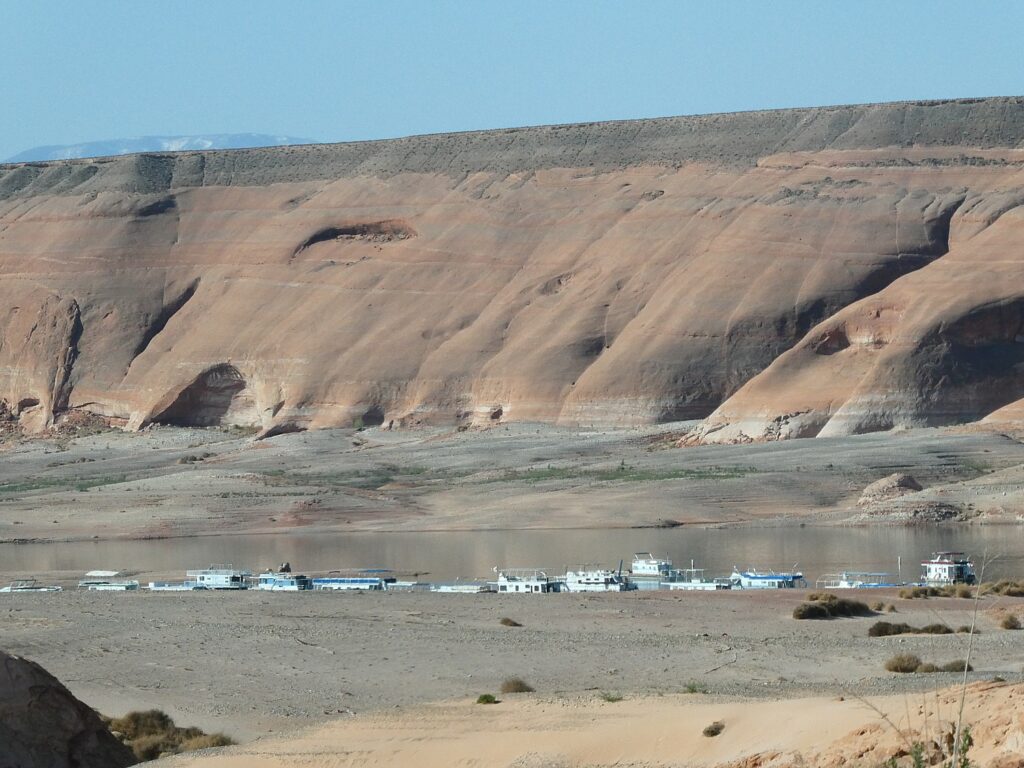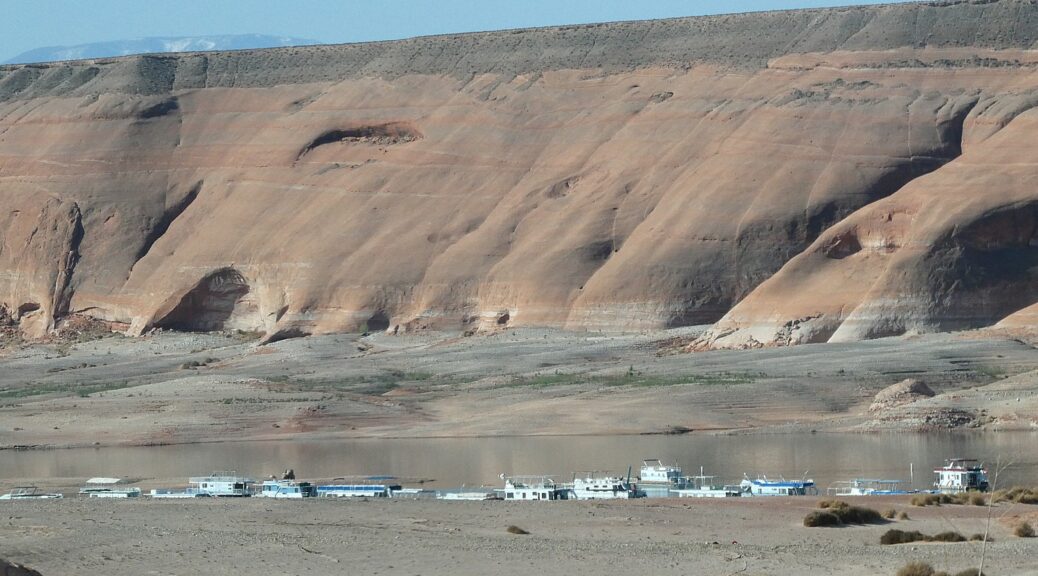
This summer, millions of Americans are grappling with extreme heat and record-breaking temperatures exceeding 100 degrees Fahrenheit – sending tens of thousands of Americans to the emergency room, increasing health problems, and putting seniors, children, and workers at risk. As the impacts of extreme heat are intensifying across the country due to climate change, President Biden and Vice President Harris are taking action to protect communities, including by:
- Lowering cooling costs for families: In April, the Administration released $385 million through the Low-Income Home Energy Assistance Program (LIHEAP), including to reduce summer cooling costs. Last week, the Department of Health and Human Services released guidance to help states use this funding to get more air conditioners and electric heat pumps into homes.
- Supporting community cooling centers: The new LIHEAP guidance also helps states, Tribes, and territories establish community cooling centers in public facilities where people can keep cool during the hottest periods of the day. Additionally, the Environmental Protection Agency is using American Rescue Plan funding to help create cooling centers in public school facilities.
- Keeping workplaces safe: In April, Vice President Harris and Labor Secretary Walsh launched the first national program to protect indoor and outdoor workers from heat stress. Since then, the Occupational Safety and Health Administration (OSHA) has already conducted over 500 heat-related inspections, focused on over 70 high-risk industries across 43 states.
- Developing the first national heat standard to protect workers: OSHA has initiated the rulemaking process toward the first-ever national heat standard to ensure protections in indoor and outdoor workplaces across the country.
- Providing real-time data and response resources: To equip local officials and the public with robust and accessible information, the Administration has launched Heat.gov, a new centralized portal with real-time, interactive data and resources on extreme heat conditions, preparedness, and response.
- Identifying and addressing disproportionate impacts: Recent EPA analysis confirms that climate-driven changes in extreme temperatures disproportionately impact groups that are socially vulnerable. EPA’s Let’s Talk About Heat Challenge is supporting local communication strategies to inform people of extreme heat risks and ways to keep safe, with a focus on engaging underserved and overburdened communities.
- Leveraging nature to cool down cities: The National Ocean and Atmospheric Administration is helping communities map urban heat islands, areas that can be up to 20 degrees hotter due to factors including higher pavement concentration and lower tree cover. The U.S. Department of Agriculture’s Forest Service has developed a guide for communities and is helping to fund urban tree and greening projects to reduce extreme temperatures and heat exposure.
- Investing in proactive resilience projects: Last week, President Biden announced that the Federal Emergency Management Agency (FEMA) will have $2.3 billion for the Building Resilient Infrastructure and Communities (BRIC) program to help communities increase resilience to heat waves, drought, wildfires, flood, hurricanes, and other hazards by preparing before disaster strikes.
- Funding innovative cooling technologies: The Department of Homeland Security recently announced winners of the first-ever Cooling Solutions Challenge prize competition, supporting innovative ideas to help first responders, individuals, households, or displaced populations keep cool during extreme heat events.
- Helping health professionals prepare and respond: The Department of Health and Human Services, through the Administration’s new Office of Climate Change and Health Equity, launched a Climate and Health Outlook to inform health professionals of climate events expected in the next 30-90 days and support proactive action to reduce health risks from heat waves and other extreme weather events.

